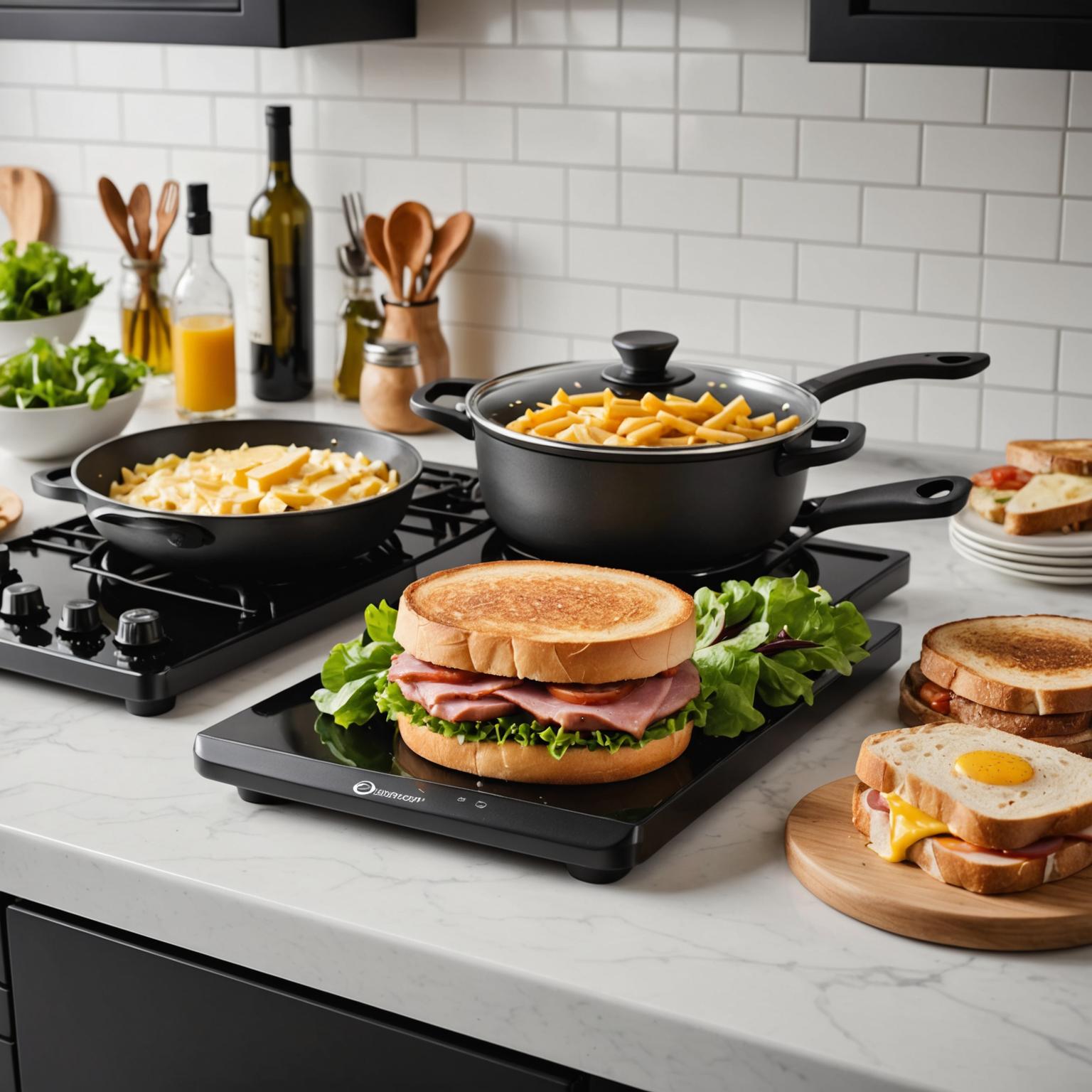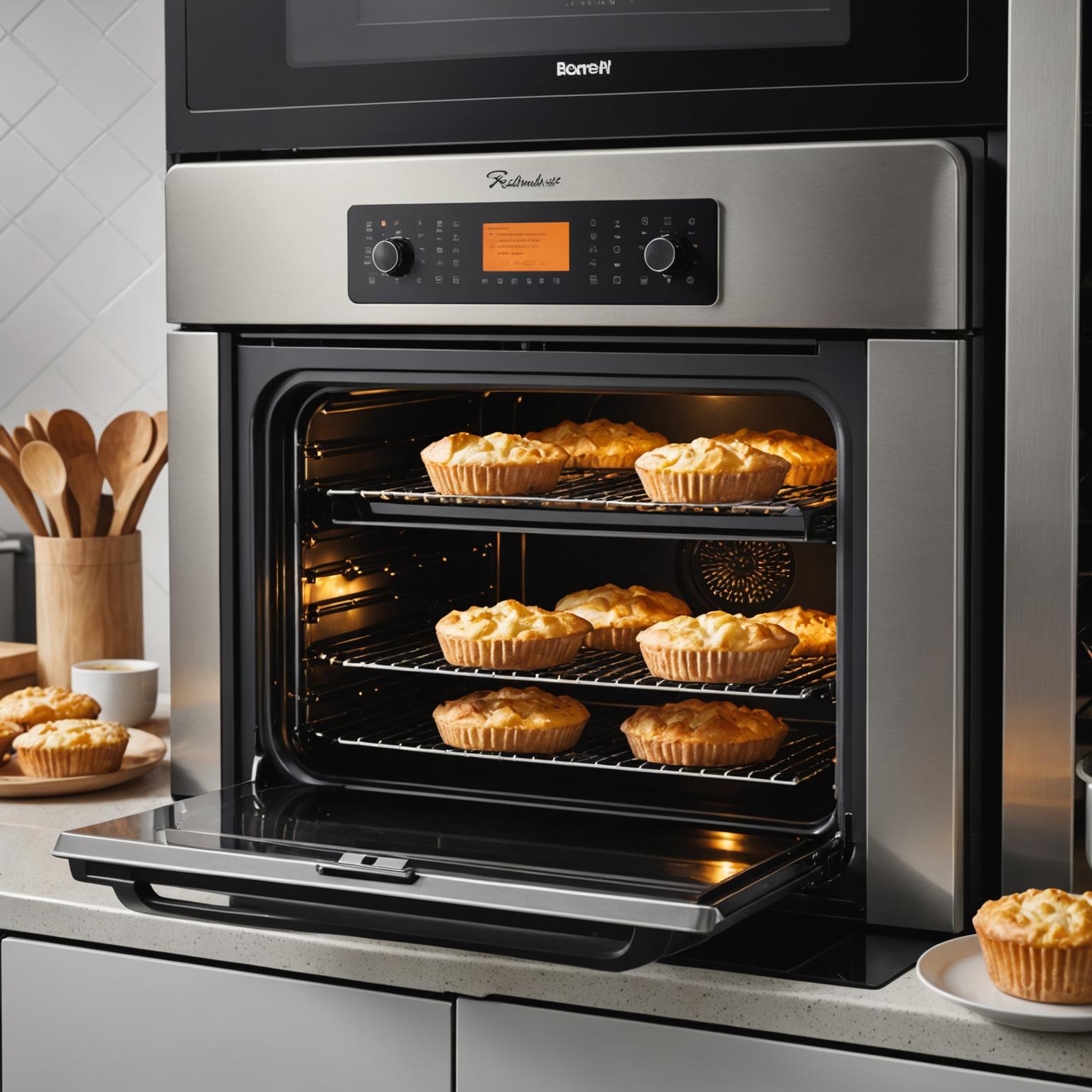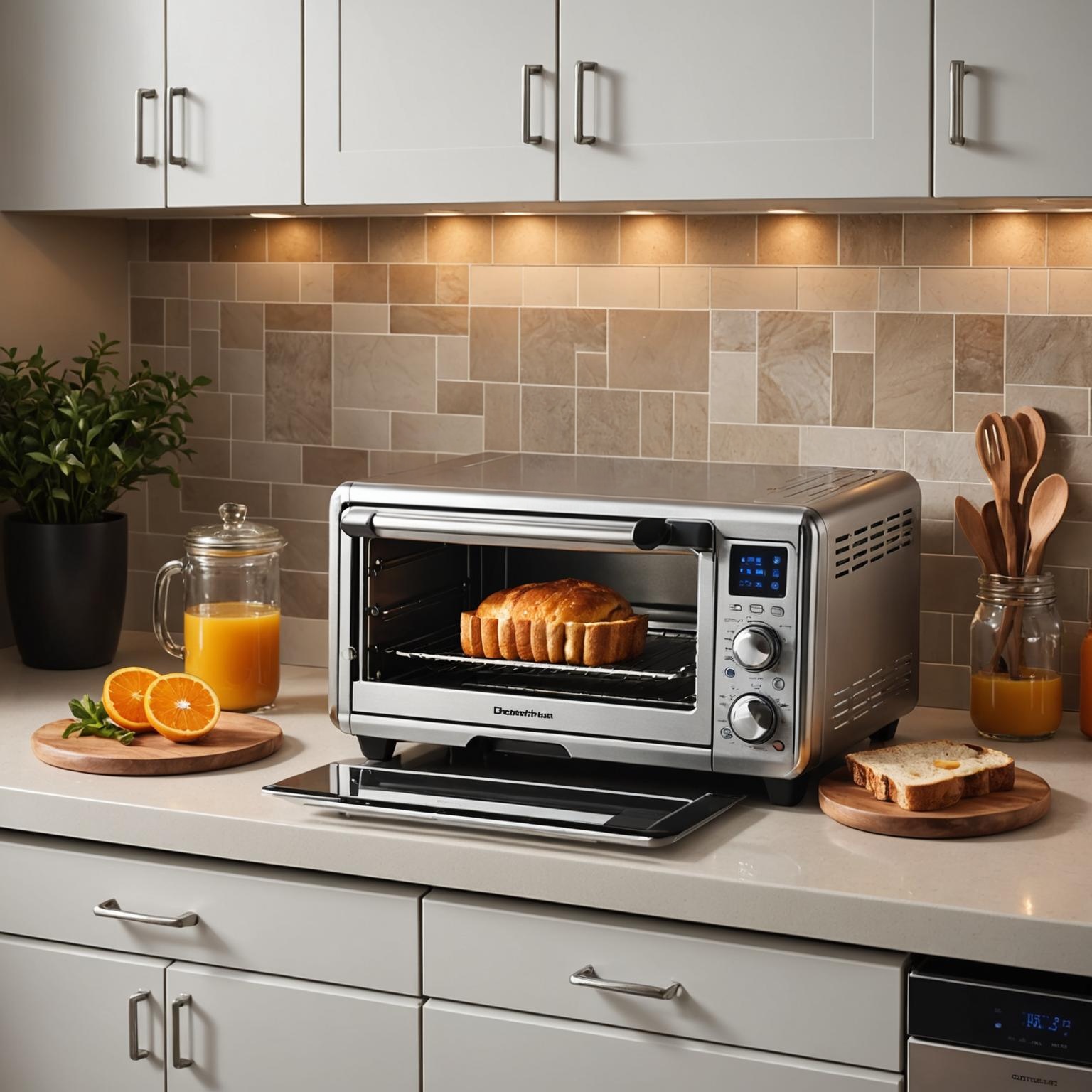Modern kitchens often feature the sleek, seamless surface of a ceramic glass cooktop, prized for its aesthetic appeal and ease of cleaning. But beneath that smooth surface lies the heart of the appliance: the Electric Ceramic Stove Element. Understanding how this crucial component works is key to getting the most out of your cooktop, from achieving perfect cooking results to knowing when a repair is needed. This guide will walk you through the essentials of your stove's heating system, ensuring you can cook with confidence and efficiency.
What is a Ceramic Heating Element?
A Ceramic Heating Element is a type of heating component used in electric stoves and cooktops. It typically consists of a metallic ribbon or wire, often referred to as a Ceramic Stove Coil, which is housed within a durable, heat-resistant ceramic base. When electricity passes through the coil, it heats up rapidly and glows red, transferring intense radiant heat through the glass-ceramic surface directly to your cookware. This direct method of heating is what allows for responsive temperature control and even cooking, making it a popular choice for home chefs who value precision in their culinary endeavors.
A Look at Ceramic Heating Element Types
Not all heating elements are created equal, and it's helpful to know the different Ceramic Heating Element Types you might encounter. The most common is the ribbon element, which provides consistent and reliable heat across the burner's surface. Another type is the halogen element, which uses a halogen lamp to produce instant, intense heat, offering near-immediate cooking temperatures similar to a gas stove. Some cooktops feature dual or triple elements, which allow you to adjust the size of the heating zone to match your pot or pan, preventing wasted energy and promoting efficiency. Knowing which type your cooktop uses can be beneficial, especially when sourcing a replacement part.
How to Handle a Ceramic Cooktop Replacement
Over time and with heavy use, a heating element can fail. If one of your burners stops working, a Ceramic Cooktop Replacement may be necessary. While we recommend consulting a professional for electrical work, understanding the process is useful. The first and most critical step is to completely disconnect the appliance from its power source. Access to the elements is usually gained by lifting the cooktop surface or from underneath the unit. The faulty element is then carefully disconnected, and the new Stove Element for Ceramics is wired and secured in its place. Using a high-quality, certified replacement part is crucial for ensuring safety and restoring your appliance's performance for years to come.
Maximizing Efficiency and Choosing the Right Cookware
To get the best performance from your appliance, it's important to consider both efficiency and cookware. Ceramic cooktops are among the more Energy Efficient Cooktops because they transfer heat directly to the pan. You can maximize this by using the right cookware. The topic of Ceramic Cookware Suitability is simple: your pots and pans should have a flat, smooth bottom that makes full contact with the glass surface. Warped or ridged pans will heat unevenly and waste energy. Materials like stainless steel, cast iron, and heavy-bottomed aluminum are excellent choices. By matching your pan size to the burner and using appropriate cookware, you ensure optimal heat transfer and more efficient cooking.
In conclusion, your electric ceramic stove is a sophisticated appliance built on powerful heating technology. By understanding the components that make it work, you can maintain its performance and extend its lifespan. When choosing new appliances or replacement parts, always look for products from manufacturers who adhere to high standards of quality and safety, such as ISO 9001 and certifications like VDE, TUV, and UL. This commitment to excellence ensures that every meal you prepare is not only delicious but also cooked on a reliable and safe foundation.






